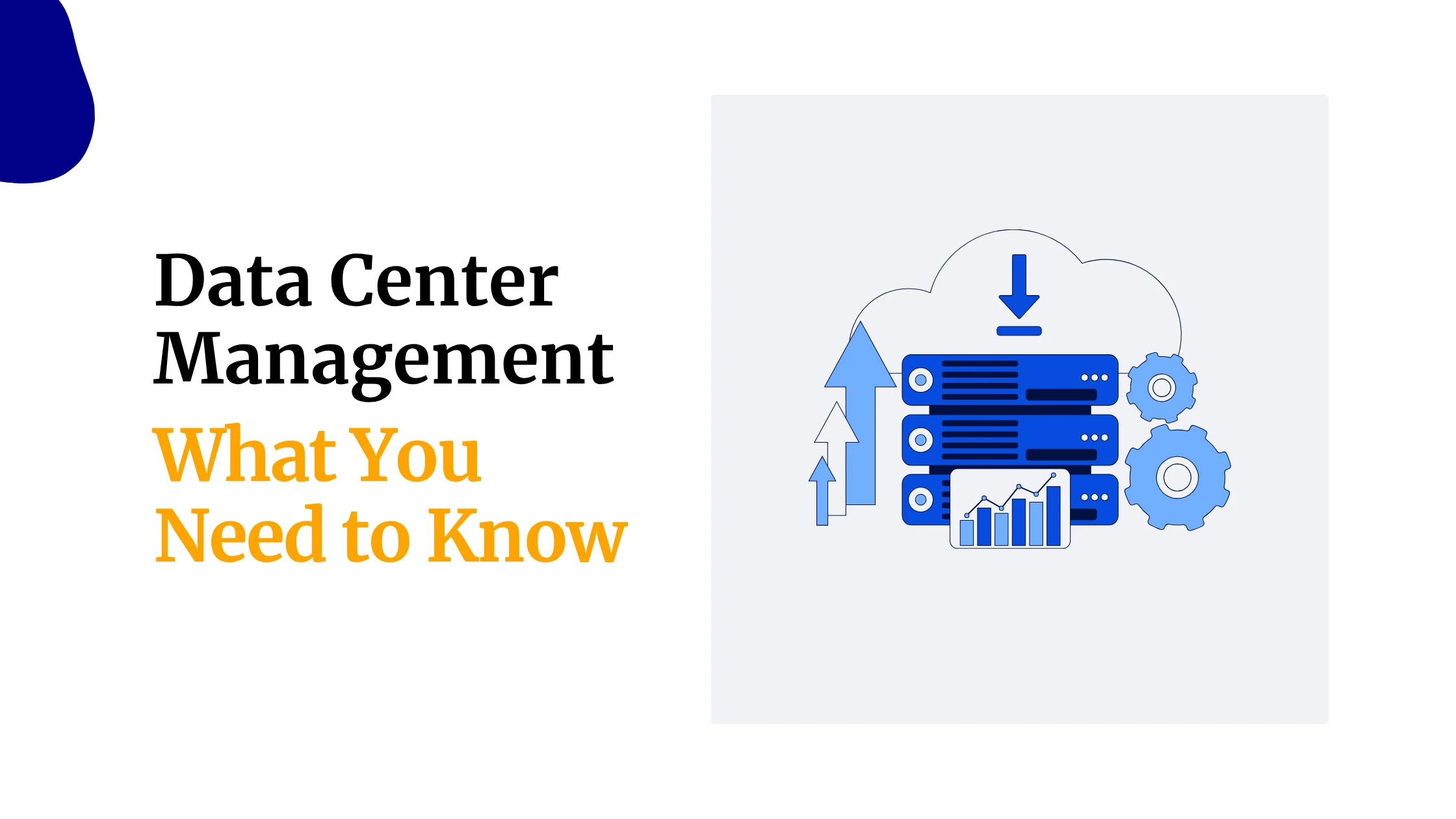Every time you visit a website, open an app, or send an email, a server is behind the scenes making it happen.
But what exactly is a server? And how does it actually work?
You interact with servers hundreds of times a day—most of the time without realizing it. Whether you’re streaming a movie, accessing a school portal, or uploading files to Google Drive, a server is delivering that content to you.
Let’s break it down in simple terms so you understand exactly what a server is, what it does, and why it matters.
What is a Server?
A server is a computer system or software program that provides services, resources, or data to other computers, called clients, over a network.
This means a server waits for requests — like asking for a webpage or retrieving a file—and then responds with the right data.
Key characteristics of a server:
- It listens for and responds to client requests.
- It usually operates continuously (24/7).
- It can serve multiple clients at the same time.
- It often has higher performance and storage capabilities than personal computers.
So, in plain English: a server is a powerful machine or software that delivers what you ask for online.
How Does a Server Work?
Imagine you’re trying to load a website. Here’s what happens:
- You type in a URL (like
www.example.com) or click a link. - Your device (the
client) sends a request to the server hosting that site. - The server receives the request, processes it, and sends back the website files.
- Your browser renders the files into the webpage you see.
This interaction between a client and a server is called the client-server model. It’s the foundation of almost everything on the internet.
Main Types of Servers
Different servers do different jobs. Here’s a breakdown of the most common types:
| Server Type | Purpose |
|---|---|
| Web server | Delivers webpages, images, and scripts to browsers |
| Database server | Stores, manages, and retrieves data used by apps or websites |
| File server | Hosts files for storage, sharing, or backup |
| Mail server | Sends, receives, and stores email messages |
| Game server | Powers real-time multiplayer gaming experiences |
| Application server | Runs specific software or back-end processes for apps |
| Proxy server | Acts as an intermediary between a user and the internet |
| DNS server | Translates domain names into IP addresses |
You likely interact with several of these without even knowing it.
Physical vs Virtual Servers
Servers can be either hardware-based (physical) or software-based (virtual):
1) Physical servers
These are actual, tangible machines. Think of a high-performance desktop — but designed to run non-stop and serve multiple users at once.
These servers are housed in data centers with redundant power, cooling, and security systems.
2) Virtual servers
Virtual servers exist as software environments inside physical servers.
Using virtualization, one physical machine can host multiple virtual servers. This is what cloud providers like Amazon Web Services (AWS), Google Cloud, and Microsoft Azure offer.
Most websites today—including small blogs and large platforms like YouTube—run on virtual servers.
Common Server Use Cases
Here’s how servers show up in real-world situations:
For personal use:
- Hosting your portfolio website or blog
- Accessing cloud storage platforms like Dropbox
- Playing multiplayer online games
- Sending or receiving emails (like with Gmail or Yahoo)
For business:
- Running a company website or eCommerce store
- Hosting internal tools like CRMs or ERPs
- Powering mobile or web applications
- Managing user databases and login systems
- Handling secure email and file transfers
You don’t need to own or maintain a physical server to do any of this. Services like Truehos, HostPinnacle or HostGator provide these capabilities in minutes with affordable hosting plans.
What Makes a Good Server?
If you’re setting up a server — or choosing a provider — look out for:
| Feature | Why It Matters |
|---|---|
| Uptime | Servers should run 99.9% of the time or higher. Downtime means lost visitors. |
| Speed | Faster response times improve user experience and SEO performance. |
| Security | Must protect against hacking, malware, and data theft. |
| Scalability | Should grow easily with your needs (traffic, storage, apps). |
| Backups | Automated backups reduce risk of data loss or corruption. |
| Support | 24/7 technical support is crucial for resolving issues quickly. |
Where Are Servers Located?
Servers live inside data centers around the world.
These buildings are climate-controlled, secure, and built for nonstop operation.
Cloud providers like Google, Microsoft, and Amazon operate massive global data center networks. But local hosting companies in Kenya, South Africa, and Nigeria also operate regional data centers to provide low-latency hosting.
When you choose a server close to your audience, your site loads faster.
What Happens if a Server Goes Down?
If a server fails:
- Your website or app becomes inaccessible.
- Emails stop sending or receiving.
- Files stored on the server may become temporarily unreachable.
- Customers may lose trust, especially if outages are frequent.
This is why server redundancy and monitoring matter. Good hosts use backup servers, alert systems, and automatic failover protocols to reduce downtime.
Do You Need Your Own Server?
Probably not. You don’t need your own physical server to run a website or app.
Instead, choose from hosting options like:
| Hosting Type | Good For |
|---|---|
| Shared hosting | Blogs, portfolios, small business sites |
| VPS (Virtual Private Server) | Medium sites needing control + performance |
| Dedicated server | Large apps, high-traffic websites, enterprise projects |
| Cloud hosting | Scalable sites or apps that need flexibility |
You pay a monthly or yearly fee and the provider handles setup, maintenance, and security. All you do is build and manage your site or app.
Final Thoughts
So, what is a server? It’s not just a technical term — it’s the engine powering nearly everything you do online.
From websites and emails to files and apps, servers quietly run the digital world. They work behind the scenes, responding to your every click and request.
Whether you’re launching a blog, running a business, or building a custom app, understanding servers helps you make smarter choices—like choosing the right hosting plan or troubleshooting performance issues.
Start simple. Use shared hosting if you’re just beginning. Scale up to a VPS or cloud server as your traffic grows. Choose a reliable provider like Truehost.
You don’t need to be a server expert—but now you’re one step closer.
 Domain SearchInstantly check and register your preferred domain name
Domain SearchInstantly check and register your preferred domain name Web Hosting
Web Hosting cPanel HostingHosting powered by cPanel (Most user friendly)
cPanel HostingHosting powered by cPanel (Most user friendly) KE Domains
KE Domains Reseller HostingStart your own hosting business without tech hustles
Reseller HostingStart your own hosting business without tech hustles Windows HostingOptimized for Windows-based applications and sites.
Windows HostingOptimized for Windows-based applications and sites. Free Domain
Free Domain Affiliate ProgramEarn commissions by referring customers to our platforms
Affiliate ProgramEarn commissions by referring customers to our platforms Free HostingTest our SSD Hosting for free, for life (1GB storage)
Free HostingTest our SSD Hosting for free, for life (1GB storage) Domain TransferMove your domain to us with zero downtime and full control
Domain TransferMove your domain to us with zero downtime and full control All DomainsBrowse and register domain extensions from around the world
All DomainsBrowse and register domain extensions from around the world .Com Domain
.Com Domain WhoisLook up domain ownership, expiry dates, and registrar information
WhoisLook up domain ownership, expiry dates, and registrar information VPS Hosting
VPS Hosting Managed VPSNon techy? Opt for fully managed VPS server
Managed VPSNon techy? Opt for fully managed VPS server Dedicated ServersEnjoy unmatched power and control with your own physical server.
Dedicated ServersEnjoy unmatched power and control with your own physical server. SupportOur support guides cover everything you need to know about our services
SupportOur support guides cover everything you need to know about our services








